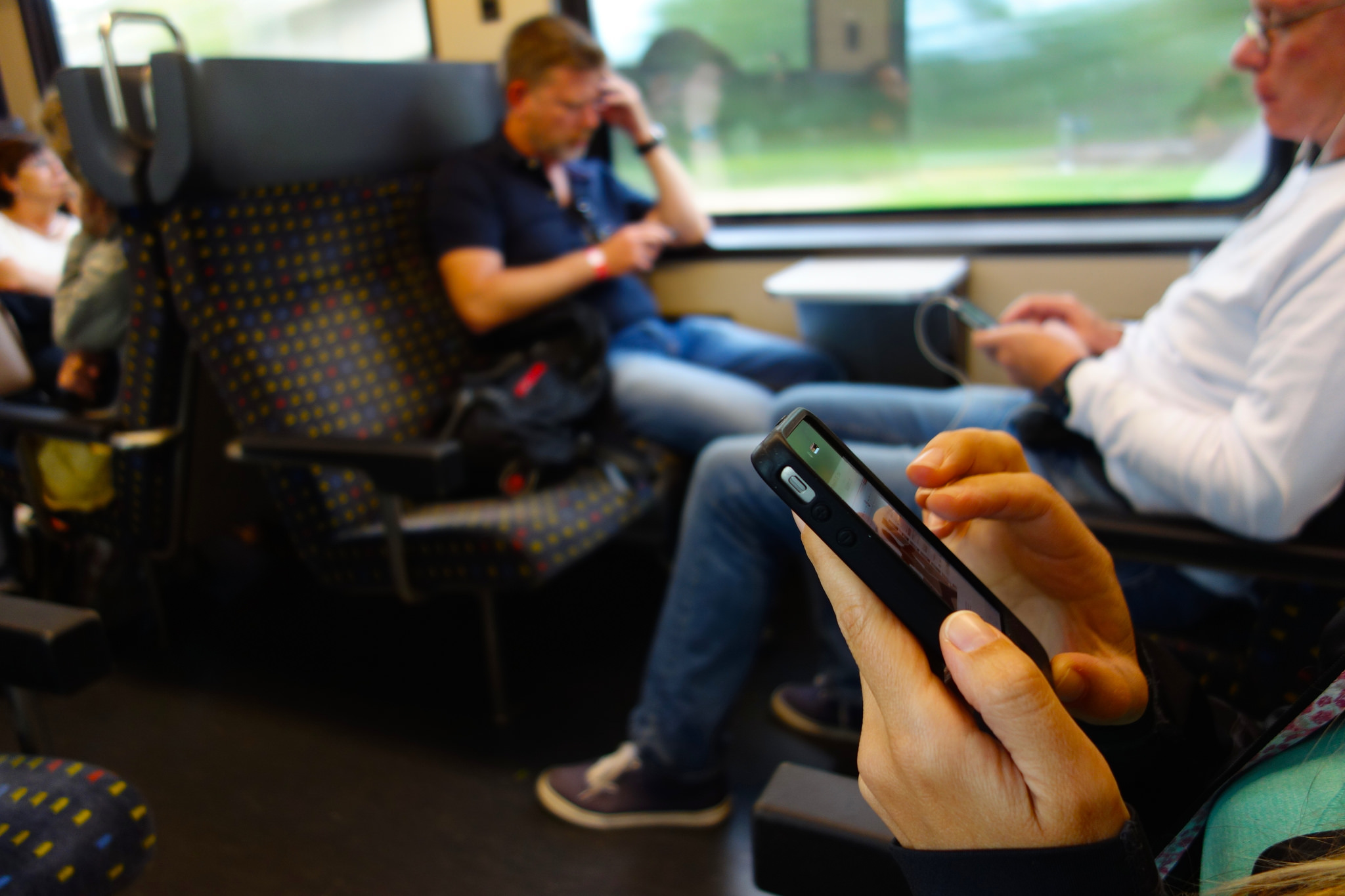
The personal touch: How small actions can have big impact when engaging community
Kate Catherall is senior vice president of 270 Strategies a co-author of the report “The Role of Human Relationship in Moving People to Action.”
As an organizer and campaign strategist, I am constantly chasing answers to questions about how we can better engage people to shape their political, consumer and civic lives.
How can we convince more voters to turn out and cast ballots? How can we activate people to speak to their elected officials on social justice issues? How can we get people to take advantage of their city bike share rather than drive their car to work? How can we get people to read the news and stay informed on events that affect their communities?
There are no silver bullet answers to these questions. We’ve been asking these questions for quite some time, and what we know is the tip of the iceberg. But there are a handful of guiding principles that are fundamental to the work of engagement: Have an emotional hook, connect small actions to collective impact, tell a story, and appeal to a sense of identity. All of these principles are based on the notion that people are sensitive, relational creatures. They want to connect to others, to feel a part of something, and to find meaning in their actions. So if we want to effectively engage people – to move them to action – then all we need to do is build relationship; make it personal.
This idea is simple, even intuitive, but difficult to put into practice. We live in an age of hyper-connectivity, rapid response and authenticity deficit. We are tethered to our smartphones, always plugged in, always scrolling to the next 140 characters, the next status update, the next photo, the next headline, the next soundbite. Breaking through the noise is, well…hard. There’s a lot of incoming, and that means there’s a lot of competition for any individual’s attention. The pace of our lives means that we all have limited bandwidth with which to engage. Never mind the various socio-economic, physical, and psychological barriers to reading the full article or attending the community meeting.
This is the central theme of two studies Knight Foundation shared earlier this week. If engagement is all about getting personal in some way, and if our society increasingly uses technology to communicate, connect and interact – then we must be incredibly thoughtful about how we engage and build relationships via the micro-interactions that technology affords us. When we meet people where they are, and tailor our communications to be personal, we can slowly but surely nudge people to action.
Follow Kate Catherall on Twitter @kate_catherall.
R
-
Community Impact / Article
-
Information and Society / Report
-
Community Impact / Article
Recent Content
-
Community Impactarticle ·
-
Community Impactarticle ·
-
Community Impactarticle ·




